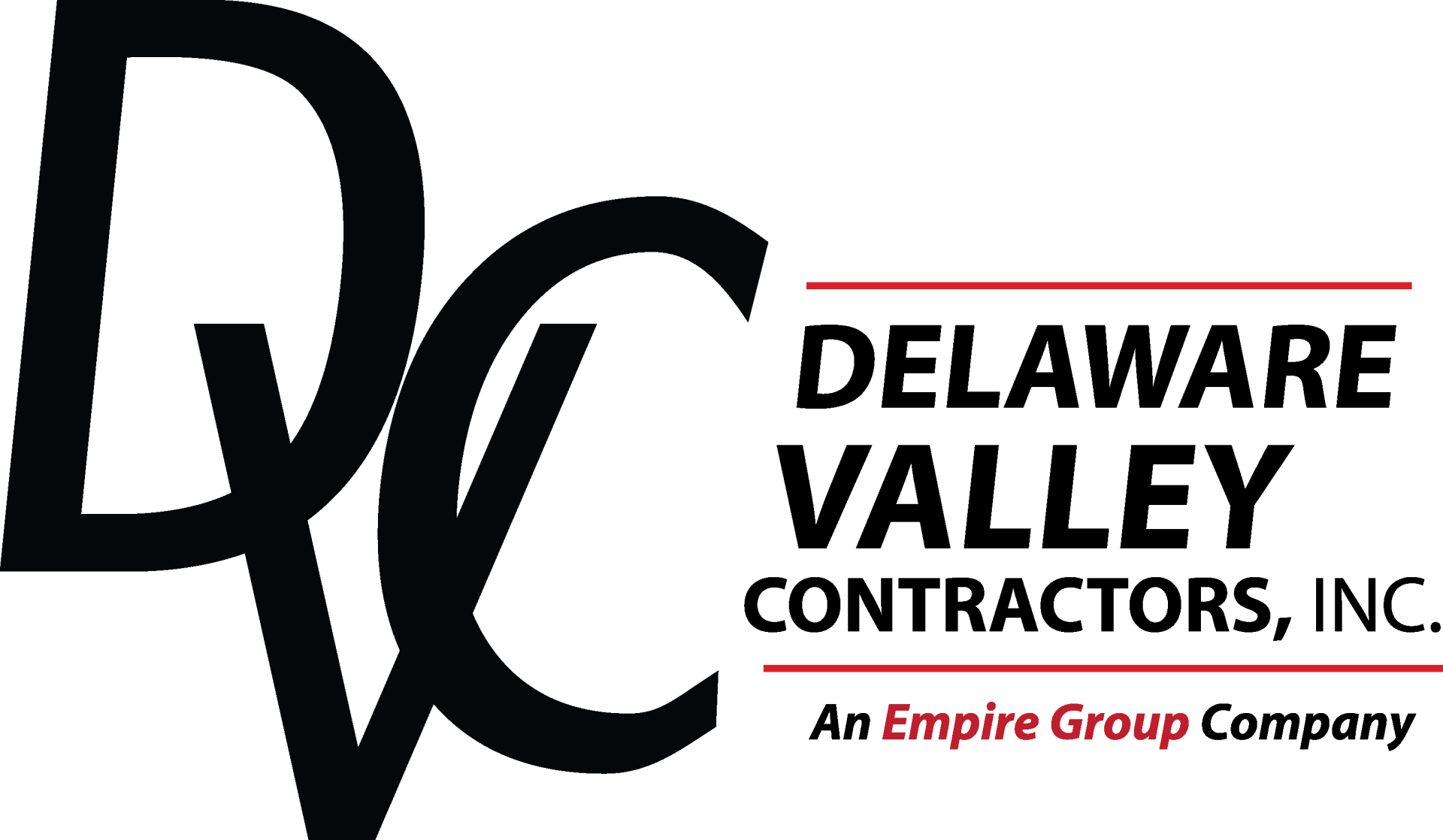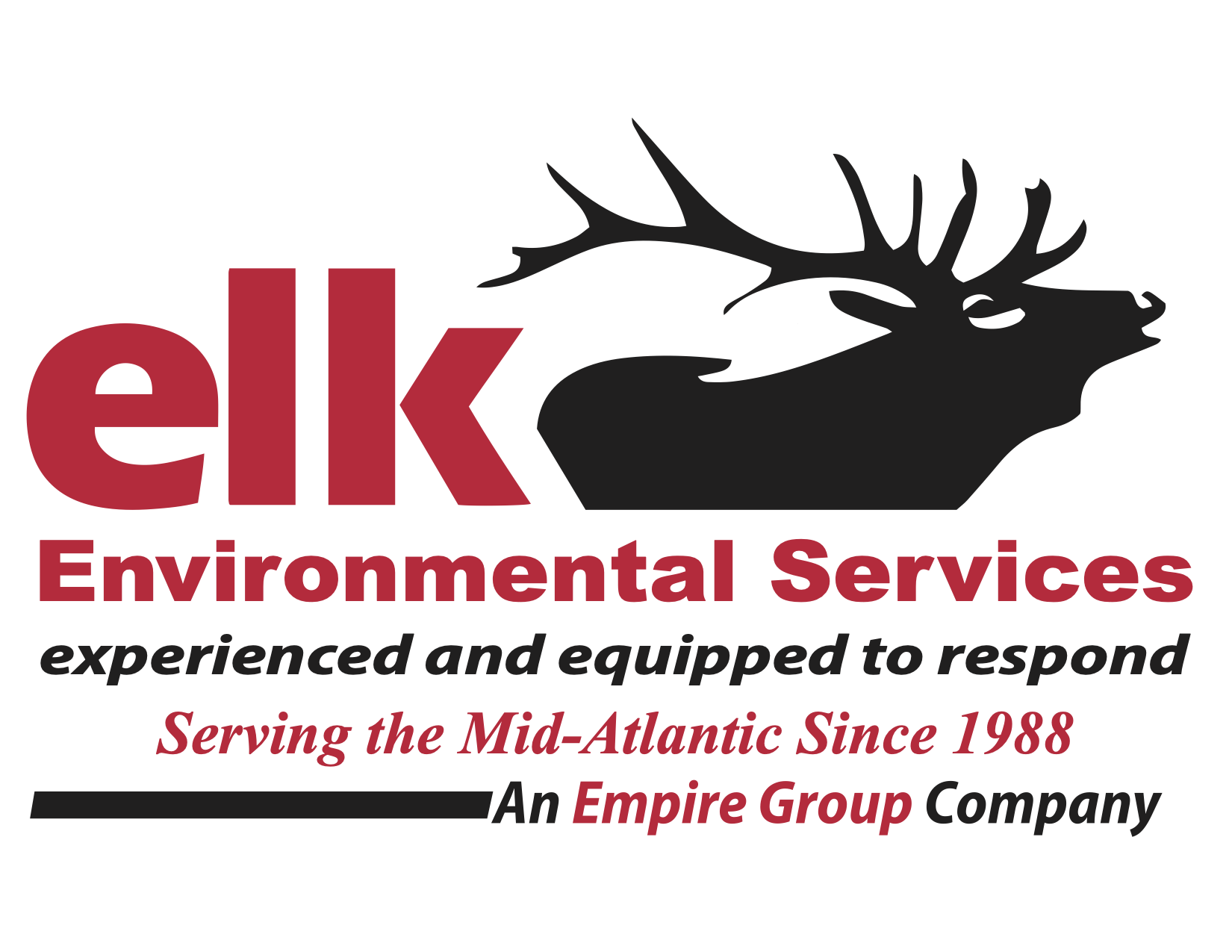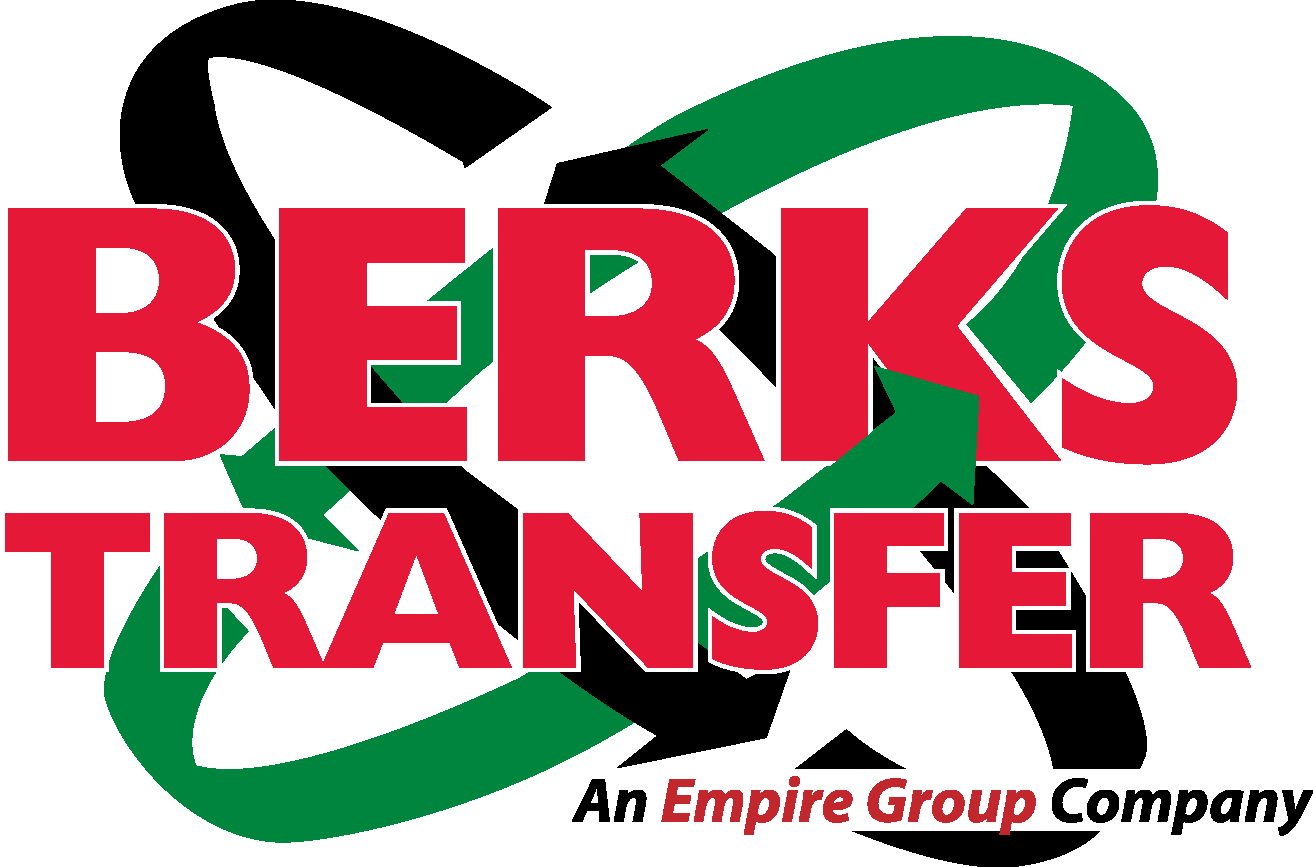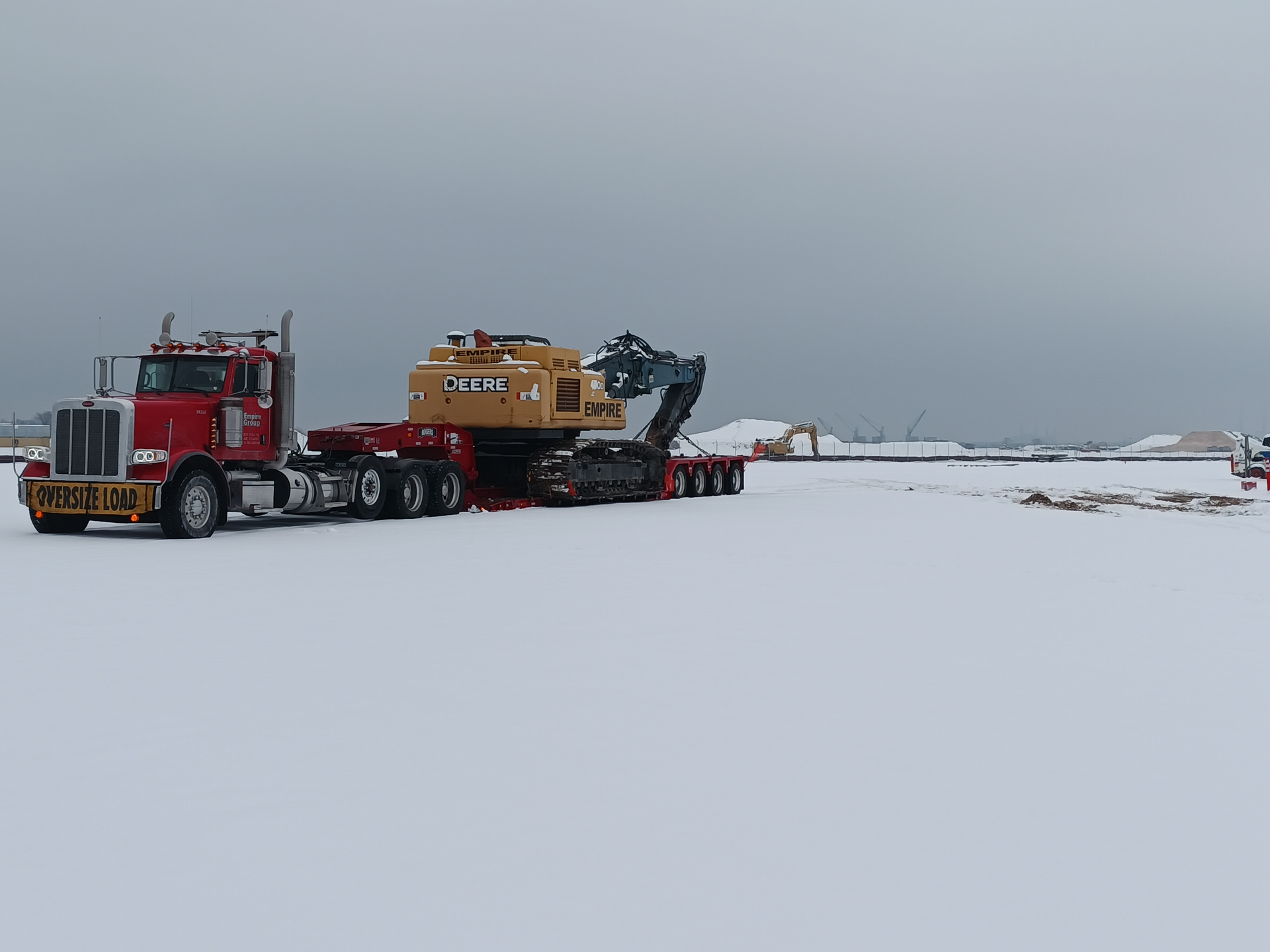

How DVC's Trailers Are Perfect for Transporting Mulch, Stone, Sand and Soil for Landscaping Projects

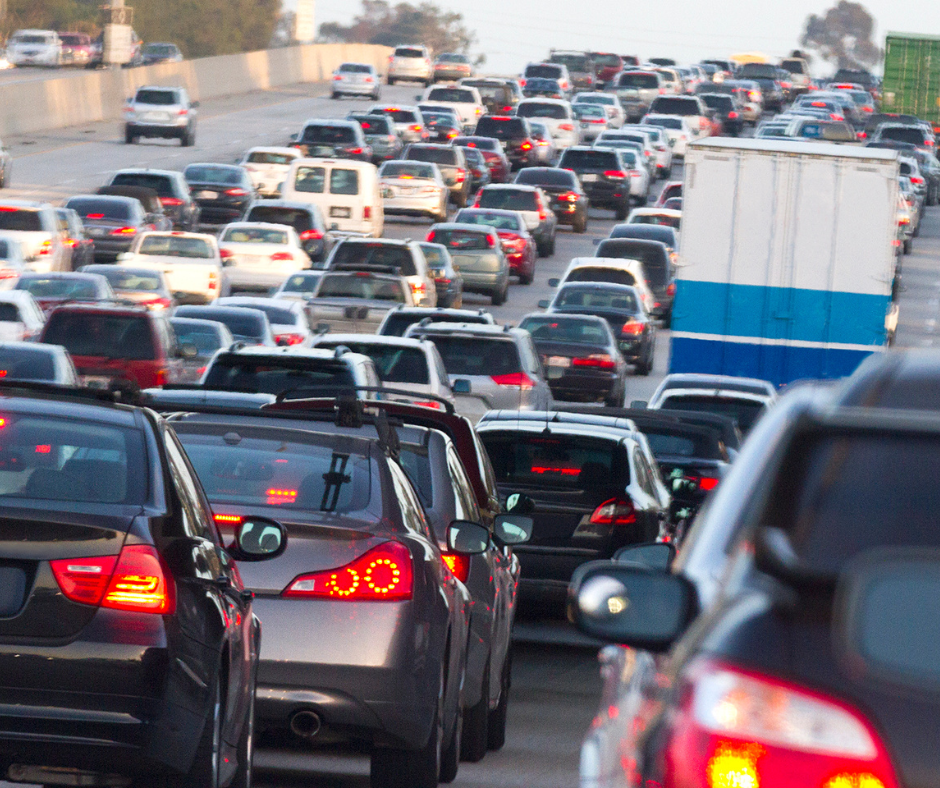
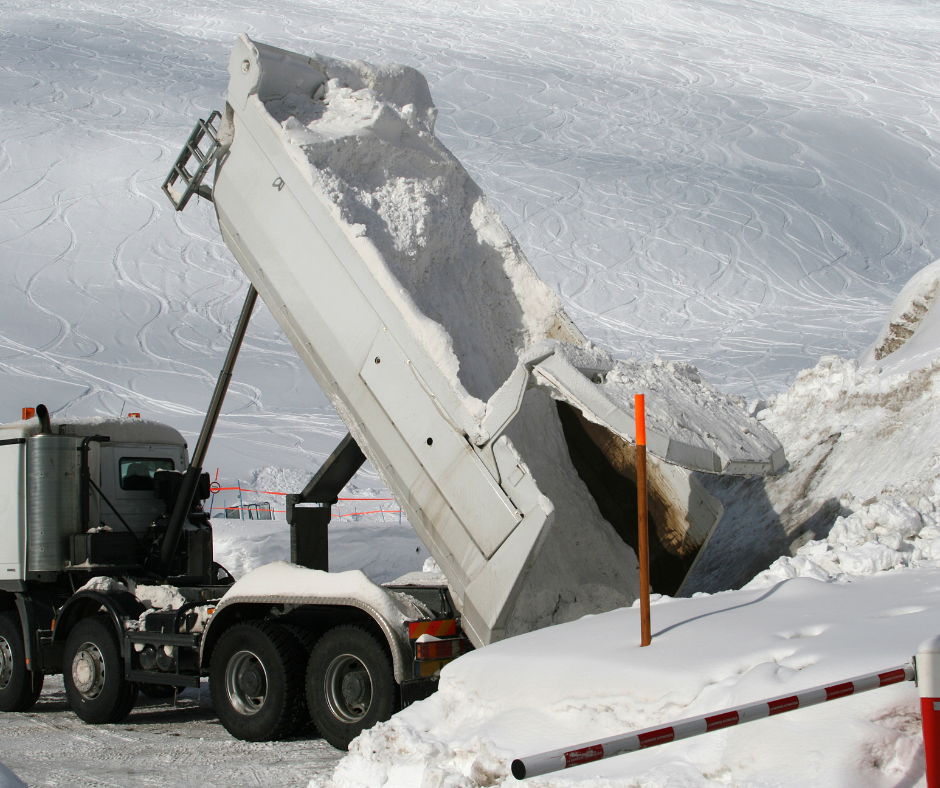
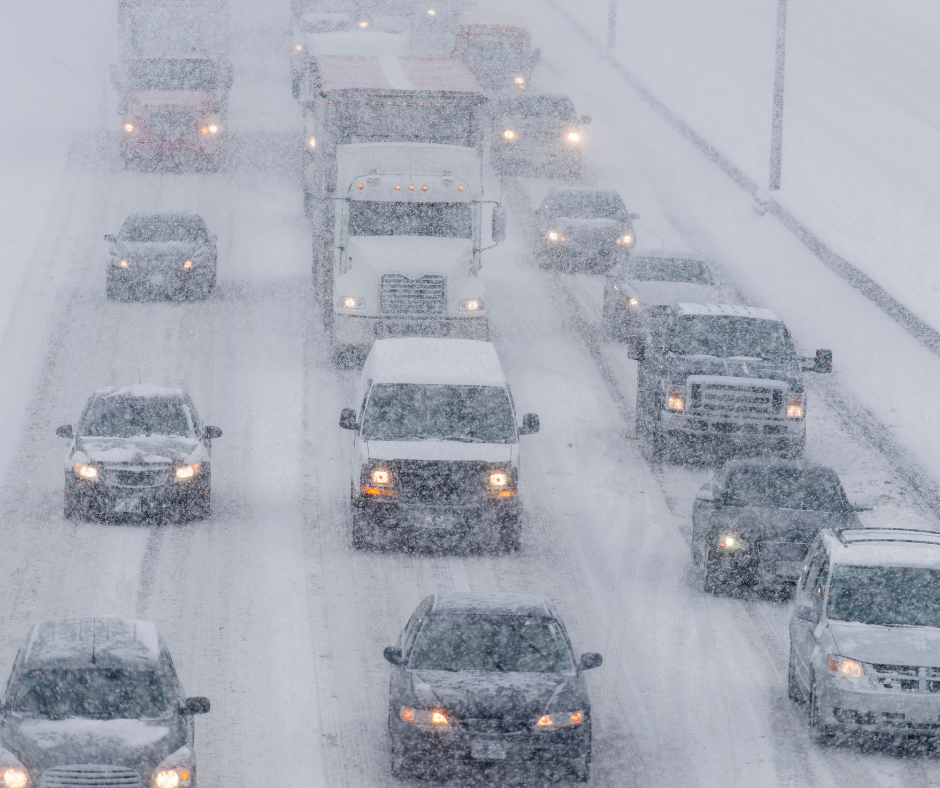

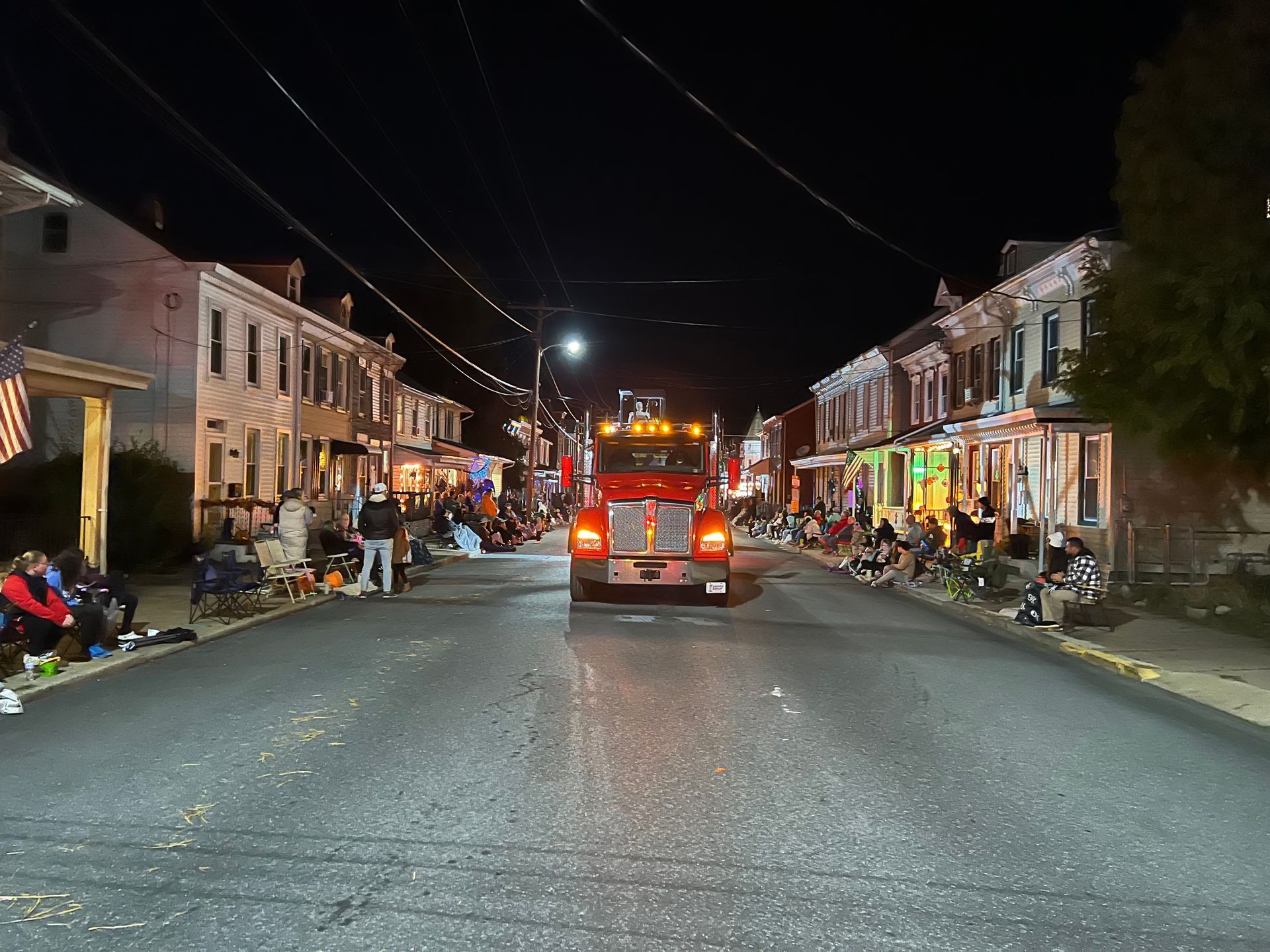
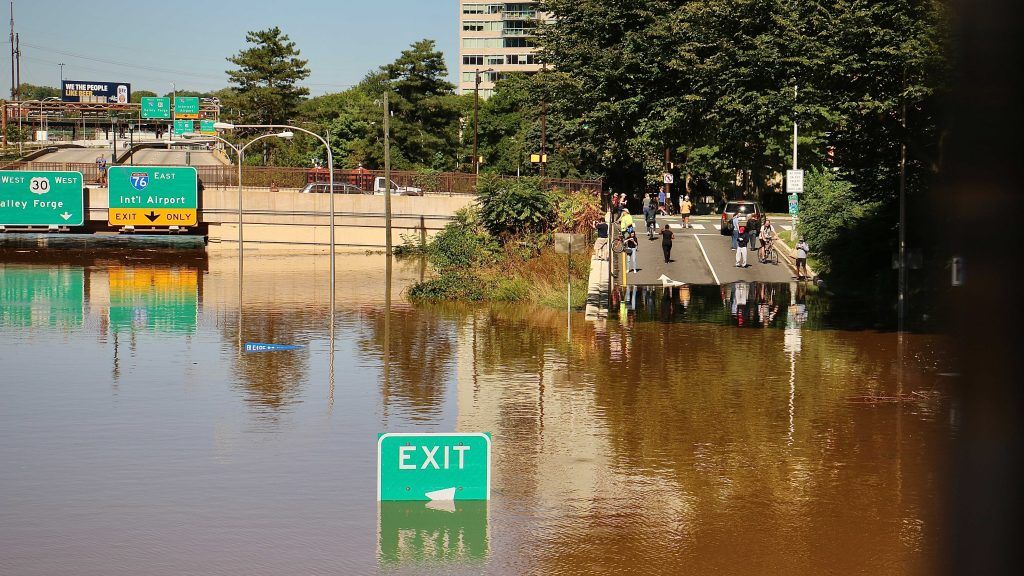
According to NOAA (National Oceanic and Atmospheric Administration), the peak of the hurricane season (June through November) will soon be upon us, with 6 to 10 storms developing into hurricanes and 3 to 5 of them having a category 3 (or higher). Before we get into how this forecast will impact the Northeast, let’s take a brief look at how the hurricane season affects the trucking industry.
Hurricanes damage roads, buildings, ports, and bridges, not to mention damage to trucks, chassis, trailers, and equipment. They also cause shipping delays and increase the demand for service; regular routes are detoured due to flooding and debris and the slow rebuilding of the area(s). When these storms occur one after another, they not only cause a local delay, but also a regional one. In 2017, the damage caused by Hurricane Harvey was extensive in Texas and Louisiana, but then Hurricane Irma in Florida soon followed causing regional impacts across the Southern United States.
These delays are made longer by the fact that many heavy-duty vehicles and trucks may be used to deliver life-saving supplies to hard-hit areas. Warehouses and fulfillment centers are temporarily shut down, causing bottlenecks in supply chains. This puts a strain on the trucking industry, which is experiencing a driver shortage to boot.
While hurricanes do not hit the Northeast directly, the remnants of these storms do. They, too, cause damage to roads and other infrastructure as well as transportation delays and supply shortages. Flooding becomes a huge issue, stranding truckers and creating numerous detours. In 2021, Hurricane Ida dumped over seven inches of rain in New York City prompting the National Weather Service to issue a first-ever flash flood emergency. There is also the issue of power outages causing longer delays. Future hurricanes like Ida are going to reach the East Coast much faster and linger longer than storms of the past according to a recent study from Rowan University. This could mean greater damage, a higher cost to ship goods, and more emergency response protocols.
At DVC, we stay on top of the latest weather changes to help our drivers arrive safely to their destinations. We also take precautions to help ensure our vehicles are ready for severe weather and for possible delays. You can count on us to get your project done on time and on budget!









